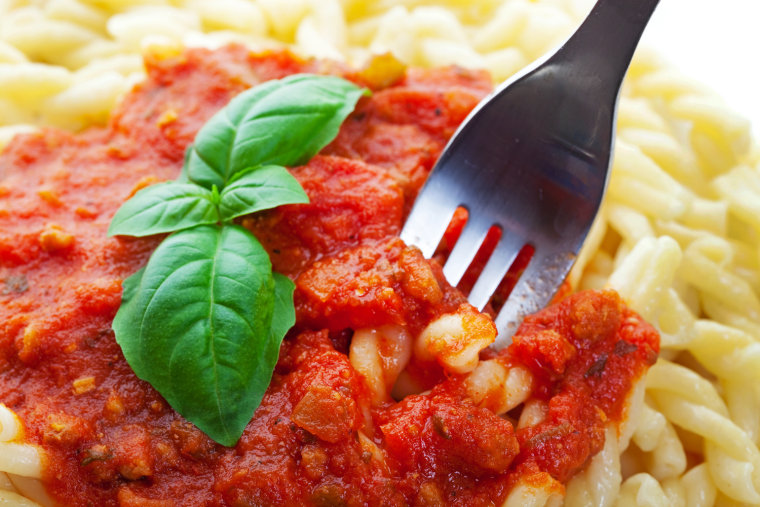The bad news about sugar just keeps on coming: A recent Centers for Disease Control and Prevention study linked taking in too much of the sweet stuff to a higher risk of dying of heart disease, and a brand-new study published in The American Journal of Clinical Nutrition found that the participants who ate the most sugar had a 10 percent higher risk of dying from any cause, compared to the average person.
It's enough to make you want to quit sugar altogether—and an increasing number of people are doing just that, whether it's through an elimination diet or banning sugar for a more extended period of time .
Thinking about trying a no-added-sugar diet yourself? That's not a bad idea, says Pooja Mottl, author of the new book The 3-Day Reset. One of the primary resets she describes in the book focuses on sugar, which she writes is "notoriously difficult to detect in foods." Here, she shares five common mistakes people make when avoiding added sugar.
1. Trying to ignore your sweet tooth altogether
Some people view added-sugar bans as a test of their ability to resist eating anything sweet. But that's the wrong approach, says Mottl. The point is to find whole foods that satisfy your cravings—not to out-willpower your cravings entirely. "You should make sure that you do satisfy your sweet cravings during this time but with unrefined sources of sugar," she says. "If you don't give yourself whole food-based alternatives for sweetness, doing a diet like this won't be sustainable." As an added bonus, you'll discover new, more nutritious ways to sate your sweet tooth in the process.
2. Only avoiding sweet foods
Things that you think of as savory can still contain plenty of sugar. "Pasta sauces, chicken nuggets, cured meats, ketchup, even almond milk often contain added sugar," says Mottl. To make sure you're really steering clear of excess amounts of sweet stuff, you'll have to read nutrition labels (or, if you're eating out, start asking questions).
3. Forgetting that sugar comes in many forms
When you're checking those labels, you're not just looking for the word "sugar." "Another misstep happens when people don't know the various terms that refer to sugar on ingredient lists," says Mottl. Some of the many different ingredients that actually refer to sugar include high-fructose corn syrup, corn sweetener, demerara, evaporated cane juice, evaporated cane juice solids, fruit-juice concentrates, dextrose, fructose, lactose, and a number of other terms ending in "-ose"
4. Not defining which sugars are off-limits ahead of time
In her book, Mottl suggests only allowing what she calls whole and minimally processed sweeteners (ones that are unrefined) during the sugar reset: maple syrup, raw honey, rapadura, and coconut palm sugar. In her recent book Year of No Sugar, Eve Schaub avoided any sweeteners containing fructose but allowed herself those that were fructose-free (so glucose and dextrose were OK). Whether to ban artificial sweeteners is also an important decision to make. Regardless of which forms of sugar you decide are off-limits, make sure to set some sort of guidelines before you start; otherwise your sugar ban will be that much more confusing.
5. Trying to forgo added sugar for too long a timespan
Schaub may have gone 365 days without sugar, but for most people that's too long. There's a reason that Mottl recommends avoiding added sugars for 72 hours: It's long enough to help you re-adjust your taste buds, get into the habit of checking nutrition labels, and discover ways to satisfy your sweet tooth with whole and minimally processed foods. But it's not so long that it feels intimidating—or like you're just setting yourself up for failure.
"Three days isn't very long, but it's still plenty long enough," Mottl writes in her book. "You'll feel a difference in your mouth and your energy."
More from Women’s Health
The Amount of Sugar Experts Say You Should Eat Daily
Do You Have a Sugar Blind Spot?
The Truth About Elimination Diets
3 Ways to Curb Sugar and Carb Cravings
